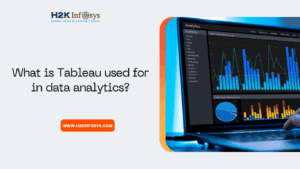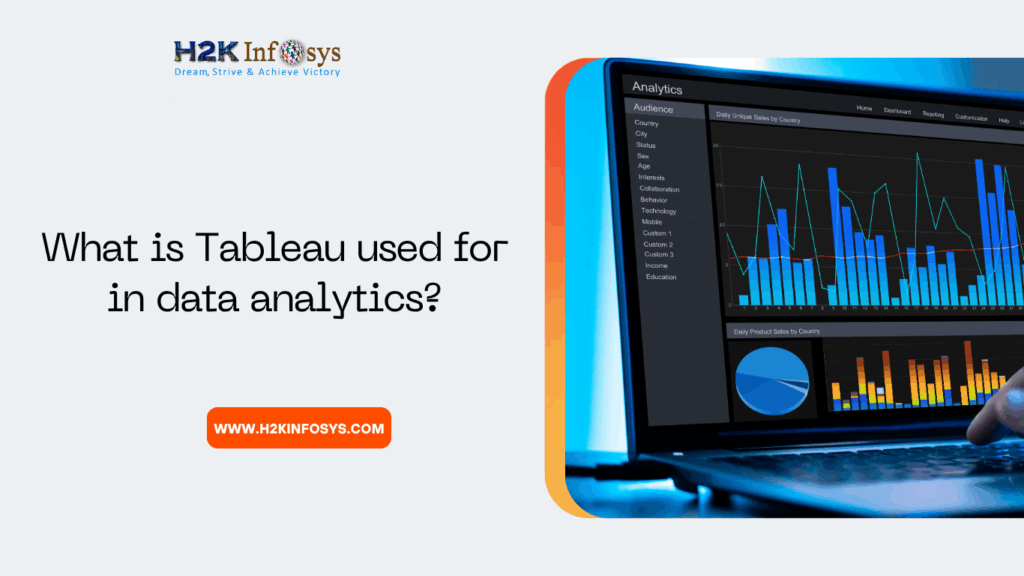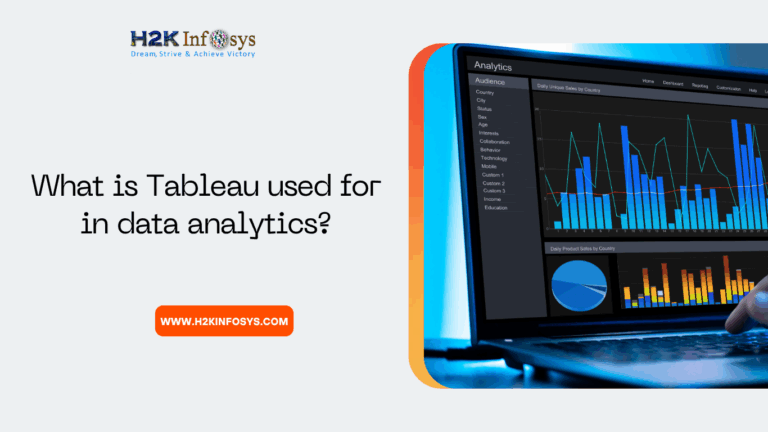Python is a well-liked programming language that both novice and seasoned programmers use extensively. Despite the fact that it was developed more than 30 years ago, Python is still important for Big Data and data analytics, which is just one of the many reasons it is still worth learning in 2024.
Python’s popularity is a result of its ease of use, adaptability, large library and framework selection, robust community support, cross-platform interoperability, and widespread industry usage. Python is a great option for developers and business professionals looking for a strong and adaptable programming language because of these features.
It’s no longer a secret that one of the most crucial resources for businesses is data, and Python is an essential tool for handling big data. Check out our Python online training to learn more.
Big Data and Python’s Role In It
Large and complicated datasets that are challenging to handle, process, and analyse with conventional data processing methods are referred to as “big data.” Usually, datasets with a high velocity, variety, and volume are involved. Structured, semi-structured, and unstructured data from a variety of sources, including social media, sensors, websites, and more, are all included in big data. Big Data presents several major issues, including those related to processing, storage, analysis, and drawing insightful conclusions from the massive amount of data it includes.
Python has a rich ecosystem of libraries for handling, analysing, visualising, and modelling data, including NumPy, pandas, and Matplotlib. Let’s review the functions of these libraries in brief.
- Pandas is a potent Python package for analysis and data manipulation. It gives you table-like data structures so you can manage and examine data more rapidly. Numerous functions are available in this library for cleaning, filtering, combining, and other data processing tasks.
- A core Python package for numerical computation is called NumPy. It presents the array, a multidimensional container for homogeneous data and a potent data structure. With NumPy, you can efficiently execute mathematical operations on arrays, including random number generation, Fourier transforms, and linear algebra.
- One well-known Python data visualisation tool is called Matplotlib. You can use it to make different plots, charts, and graphs to visually show your data. With the numerous customization possibilities that Matplotlib provides, you can produce visuals of publishing quality for use in exploratory data analysis or presentations. NumPy and Pandas are completely integrated with it, making data visualisation from these tools simple.
For data scientists, analysts, and researchers, these libraries offer a strong basis for managing complicated datasets effectively and extracting valuable insights from them.
Additionally, Python works well with well-known frameworks for processing big data, such as Apache Spark and Hadoop. This implies that novices may leverage Python’s features to work with these frameworks and effectively manage big datasets.
Pythonistas can process and analyse massive datasets quickly thanks to the language’s wide ecosystem of libraries, like PYSPARK, and its simple syntax. This integration makes it possible to process data at scale and gives Python analysts access to these potent Big Data frameworks’ capabilities.
Python and SQL in Data Analytics
The common language for administering relational databases is SQL. It offers strong data retrieval, filtering, aggregation, and manipulation capabilities.
On the other hand, Python is a flexible programming language that comes with a wealth of frameworks and modules for machine learning and data analysis. With this combination, you may develop code that is portable and can run on several database systems with little to no changes. You may take advantage of both Python’s and SQL’s advantages to quickly retrieve and work with massive amounts of data for analysis. Python has comprehensive support for SQL database operations.
Large, complex datasets are frequently worked with in big data projects. You can carry out intricate data manipulations in the database with Python and SQL, reducing data transfer and enhancing performance.
Scalable and effective data processing is necessary for big data environments. BigQuery and SQL are a potent mix for efficiently managing huge datasets. You can benefit from the optimised execution plans and indexing capabilities of the database by using SQL for data filtering and aggregation activities. Your data analytics workflows’ performance can be greatly enhanced by doing this.
Big Data and Python Power Up Machine Learning
In the fields of data science and machine learning, Python has taken the lead. Its vast libraries, which include KERAS, TENSORFLOW, and SCIKIT-LEARN, offer strong instruments for creating, honing, and implementing machine learning models.
These libraries are essential for creating and implementing Python machine-learning models. They enable practitioners of data science and machine learning to use a range of algorithms, from state-of-the-art deep learning techniques that can be fed by Big Data to conventional machine learning techniques.
Python’s robust ecosystem enables developers to create and train models, assess performance, preprocess and analyse data to gain insights and deploy models in real-world settings.
Conclusion
Because of its constantly changing position in Big Data and analytics, Python is an invaluable tool for aspiring data professionals. Those who want to work in the field should invest wisely in learning Python for Big Data.
Python is an indispensable language for data professionals because of its adaptability, ease of use, feature-rich libraries, and connection with Big Data tools. Check out our Python training online to learn more.

































One Response